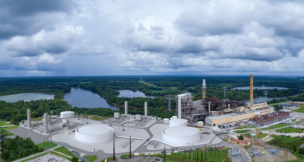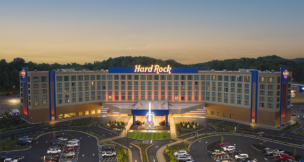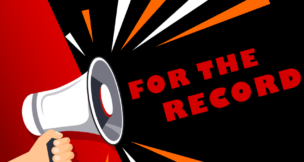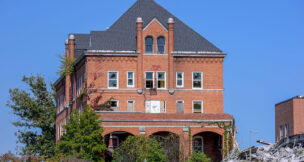Va. wedding venue loses suit against governor
On Friday, a federal judge ruled against Franklin County wedding venue Belle Garden Estate and its owner Charles Russell, who sued Gov. Ralph Northam in an attempt to expand the number of people who could attend a wedding under the state’s COVID-19 restrictions. Under current executive orders, businesses can host only 25 people outdoors if […]
Va. community clinics receive $79M in federal funding
U.S. Sens. Mark Warner and Tim Kaine announced Friday that 26 community clinics in Virginia will receive $79 million in funding through the $1.9 trillion American Rescue Plan federal stimulus package. Warner also introduced legislation this week to support other community clinics — most run by health systems in the state’s rural areas — by […]
Va. unemployment dropped slightly in Feb., continuing slow decline
Virginia’s unemployment rate continued to edge lower in February, dropping from 5.3% in January to 5.2% last month, Gov. Ralph Northam announced Friday. However, the state saw a decrease of 3,700 nonfarm payroll jobs and a decline in employed people during February. The nation’s seasonally adjusted unemployment rate was 6.2% in February, and the state’s […]
Va. new unemployment claims 60% lower than 1 year ago
The number of initial unemployment claims filed during the week ending March 20 were 60% lower than they were this week a year ago when the COVID-19 pandemic’s impact first began to be reflected in Virginia’s unemployment statistics. The Virginia Employment Commission reported Thursday that 17,560 people filed initial claims last week, an increase of […]
U.Va.-Va. Tech researchers develop promising coronavirus vaccines
Athletic rivals Virginia Tech and the University of Virginia are working together on two new coronavirus vaccines, and their research has shown early promise in protecting people from existing and future variants of COVID-19, according to the universities. Created by U.Va. Health Professor Steven L. Zeichner and Virginia Tech Distinguished Professor X.J. Meng, one vaccine […]
Va. to loosen COVID restrictions April 1
Gov. Ralph Northam announced Tuesday he is “slowly and safely” lifting some COVID-19 restrictions statewide beginning April 1, including raising limits of gatherings to 30% capacity at entertainment venues. In most cases, outdoor gatherings will be limited to 100 people and indoor gatherings at 50 people, the governor said. Wedding venues, which have been under […]
COVID roundup: Nearly 25% of Virginians vaccinated; fewer restrictions expected April 1
Nearly a quarter of Virginia’s population has now been vaccinated against COVID-19, according to the Virginia Department of Health’s update Monday, March 22, and counties in the Eastern Shore, Southern Virginia and northern Shenandoah Valley have expanded vaccination to include people in group 1c. So far, 3.1 million vaccine doses have been administered statewide as […]
Hotel revenues down 39% in February
Virginia hotel revenues for February 2021 declined by 39% compared to February 2020, according to data released Thursday by STR Inc., a CoStar Group division that provides market data on the U.S. hospitality industry. During the same period, rooms sold declined by 23%. The average daily rate (ADR) paid for hotel rooms dropped 21% to […]
In past year, 1.5 million filed unemployment claims in Va.
Marking one year since mass layoffs began due to the COVID-19 pandemic, the Virginia Employment Commission said Thursday that the number of initial claims filed statewide in the past year — 1.5 million since the March 21, 2020 filing week — has exceeded the total number filed during the past three economic recessions since 1990. […]
Va. pharmacies open vaccinations to essential workers, others
The Federal Retail Pharmacy program in Virginia is now providing COVID-19 vaccination to essential workers and people under age 65 with high-risk medical conditions, the Virginia Department of Health announced Wednesday. Currently, there are more than 300 pharmacies across the state receiving vaccine doses directly from the federal government, separate from the doses allocated to […]
Danville, Eastern Shore first Va. localities to move into third vaccination phase
Danville and Eastern Shore health districts will be moving into phase 1c of the COVID-19 vaccination rollout this week, vaccinating a variety of workers from sectors including energy, higher education, finance, legal and housing and construction. Other regions are likely to follow soon, the Virginia Department of Health announced Tuesday. Others in group 1c include […]
‘Love Local’ launches to help National Landing businesses
National Landing Business Improvement District and the Restaurant Association Metropolitan Washington have launched a $100,000 joint relief initiative, Love Local, which will assist struggling restaurants and small businesses in Arlington’s National Landing neighborhood with minimum $1,000 grants. “Restaurants and small businesses are the backbone of our community in National Landing �[...]



















